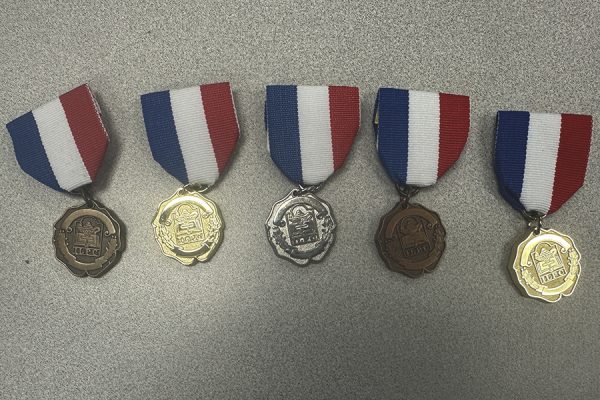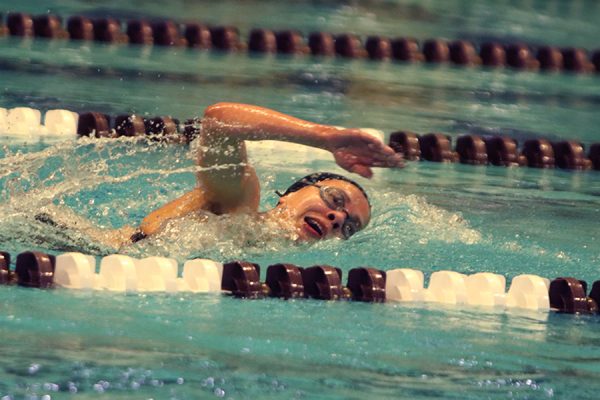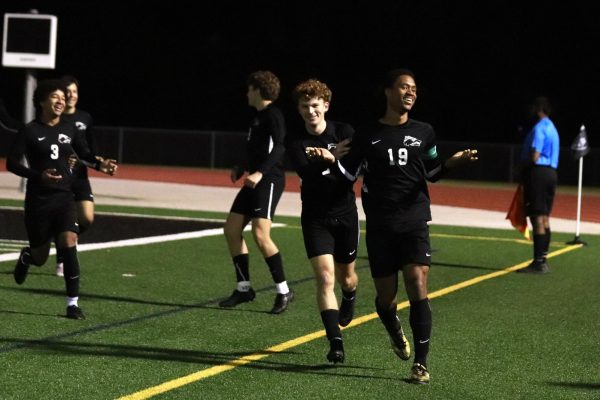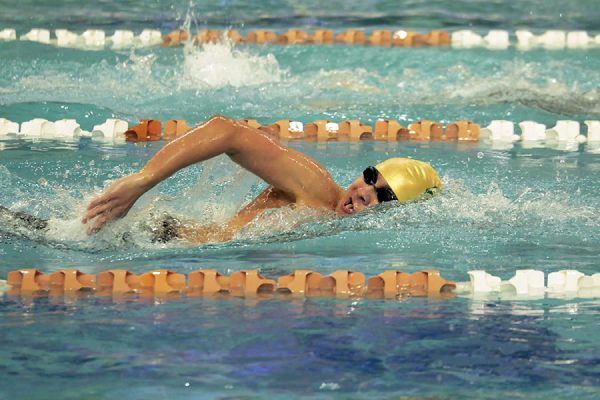Tennis Truths
The Unexpected Competition Of College Tennis
Junior Bryce Bailey hits a net shot during the Georgetown tournament on on Feb. 8. “College tennis is extremely competitive in the sense that if you’re a college tennis player, you could be competing against someone who is already [at a] professional level,” Bailey said.
March 4, 2019
Every year, high school tennis players strive for greatness by attempting to reach their goal of playing on a college tennis team and many also try for scholarship money. Achieving this, however, is far more of a challenge than one would expect, due to the competitive nature of the sport and the limited number of offered scholarship programs.
According to CollegeScholarships.org, the most common form of scholarship money is from the National Collegiate Athletic Association, or NCAA. In terms of options for women’s tennis, there are approximately 320 Division I, 212 Division II and 361 Division III scholarship programs and the NCAA allows for eight scholarships for each Division I and six for each Division II. Men’s tennis, on the other hand, is even more of a challenge, where there are about 263 Division I, 161 Division II and 314 Division III tennis scholarship programs and each Division I and Division II are allowed about four and a half scholarships.
Varsity tennis player and junior, Bryce Bailey, said that despite being a United States Tennis Association champ in the 18s age bracket, he is doubtful he will have the opportunity to play in college.
“As far as college tennis goes, I’m not really sure if I will [play] because scholarships are only offered to Division II and above,” Bailey said. “College tennis is extremely competitive because you’re competing for a spot on any college team with people around the world. [This includes] Europeans, plus a good majority of college players are nationally or internationally ranked.”
According to Scholarshipstats.com, a website which uses and compiles statistical data from many official college team rosters, only an average of 4.4 percent of high school boys and 4 percent of high school girls go on to play college tennis. Due to this information and the personal experiences of the players, Bailey is not the only one who isn’t sure about playing in college.
“College tennis is a mental game and individual game,” varsity tennis player and sophomore, Sierra Setliff, said. “I might just play as a hobby to focus on my studies because I know how much time is put into college tennis and I’d rather spend it on my [education].”
One student-athlete, however, is planning on taking it to the big leagues. After deciding to take her senior year off from the school tennis team to focus on her education and her own personal game, senior Kylee Ramsey said that she hopes to play collegiate tennis in a competitive conference with a school that has a solid record.
“Playing collegiate tennis has been the biggest dream of mine,” Ramsey said. “To have the opportunity to play a sport I love while also furthering my education is something I’m so grateful for. I want to be part of a team that is built on a close-knit community, where we encourage one another to accomplish a new goal each day.”
Ramsey’s current plan is to play for a Division III school, but these schools are not authorized by NCAA to give scholarship money. Although, according to Ramsey, most schools will work with the coach to figure out a way to get the student as much financial aid as possible if they believe that that the student is a strong contender for their team. The student is also required by most schools to fill out a Free Application for Federal Student Aid, or FAFSA.
“I personally have applied to a few local scholarships already,” Ramsey said. “Every coach I’ve talked to thus far has told me I will receive money from the university based on my GPA [and] test scores.”
While college tennis is something Ramsey is working hard towards, she also said that she is well aware of the dedication and perseverance it takes to be on a team and is ready to take on the challenge.
“I truly think tennis is competitive because of the fact that everything you do is dependent upon yourself,” Ramsey said. “Tennis is also very much a mental sport. If you feel nervous, then you’re going to get tense and it will reflect in your game. I have yet to decide where I will be playing, but I know that playing college tennis will be the best years of my life.”

![Posing with their UIL State Trophy, the Robolobos Van Halen Team beams with excitement after their win. “It was a team effort,” junior Noah Vo said. “I was happy because something happened in the first match and the match was also really close. So [when] they finally revealed it, I was pretty happy.” Photo courtesy of Amy Lovelace](https://cphswolfpack.com/wp-content/uploads/2025/05/IMG_0910-EDIT-1200x723.jpg)

![Broadcast, yearbook and newspaper combined for 66 Interscholastic League Press Conference awards this year. Yearbook won 43, newspaper won 14 and broadcast took home nine. “I think [the ILPC awards] are a great way to give the kids some acknowledgement for all of their hard work,” newspaper and yearbook adviser Paige Hert said. “They typically spend the year covering everyone else’s big moments, so it’s really cool for them to be celebrated so many times and in so many different ways.”](https://cphswolfpack.com/wp-content/uploads/2025/05/edited-ILPC.jpg)


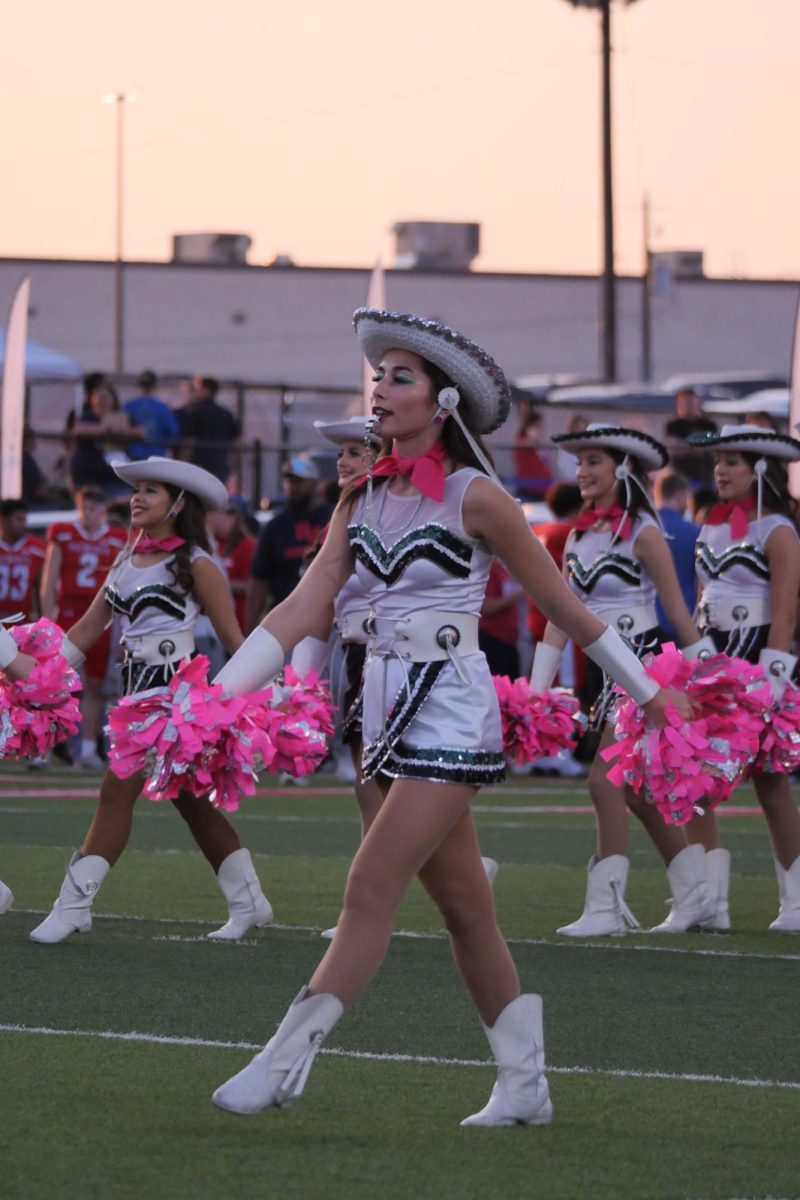





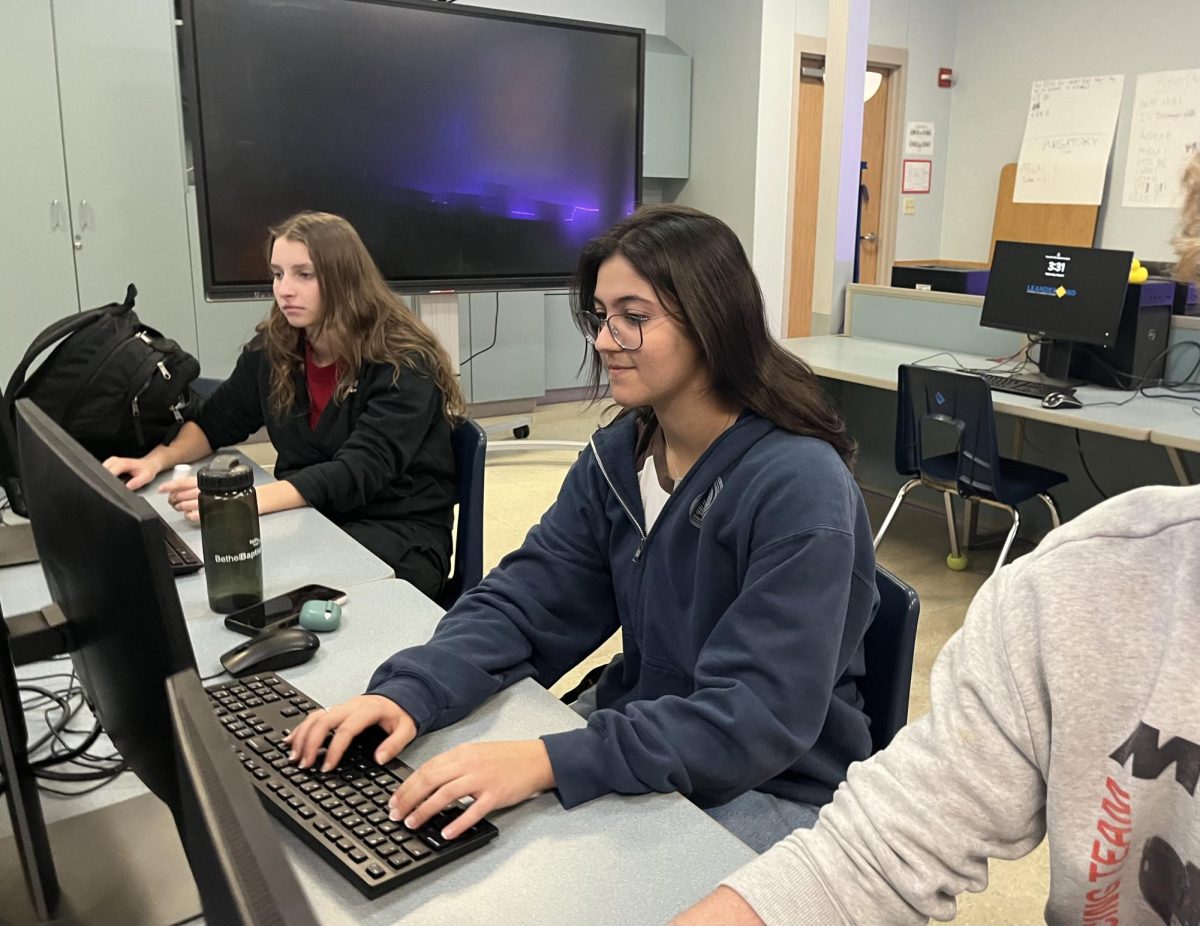




![Bringing her arm over her head and taking a quick breath, junior Lauren Lucas swims the final laps of the 500 freestyle at the regionals swimming competition on date. Lucas broke the school’s 18-year-old record for the 500 freestyle at regionals and again at state with a time of 4:58.63. “I’d had my eye on that 500 record since my freshman year, so I was really excited to see if I could get it at regionals or districts,” Lucas said. “ State is always a really fun experience and medaling for the first time was really great. It was a very very tight race, [so] I was a bit surprised [that I medaled]. [There were] a lot of fast girls at the meet in general, [and] it was like a dogfight back and forth, back and forth.” Photo by Kaydence Wilkinson](https://cphswolfpack.com/wp-content/uploads/2025/03/Kaydence-2.7-23-edit-2.jpg)
![As the support team sits and poses for a photo in the cafeteria with the counseling team they eagerly wait to start their day. "We [all] seem to be a team, I get up every day and there's days where I don't want to go to work today, but I'm thankful that I have a job and I'm blessed to have what I have," Christopherson said. Photo Courtesy of Julie Weltens.](https://cphswolfpack.com/wp-content/uploads/2025/01/AF9E8470-10D7-4C91-BF28-EC8F86BAB66C-1200x852.jpeg)
![Officer Stephanie Cash is in her second year as an SRO at CPHS. “Seeing [students] grow over the years has been kind of cool,” Officer Cash said. “Freshmen that [are] all over the place and then in the next couple of years get a little more squared away and go to class and do work and start thinking about the future. Being a part of a student's growth is the best way to measure my success as an SRO.” Photo Courtesy of Cedar Park Police Department's PIO, Alicia Gallagher.](https://cphswolfpack.com/wp-content/uploads/2024/12/CPHS-SRO-900x1200.jpg)


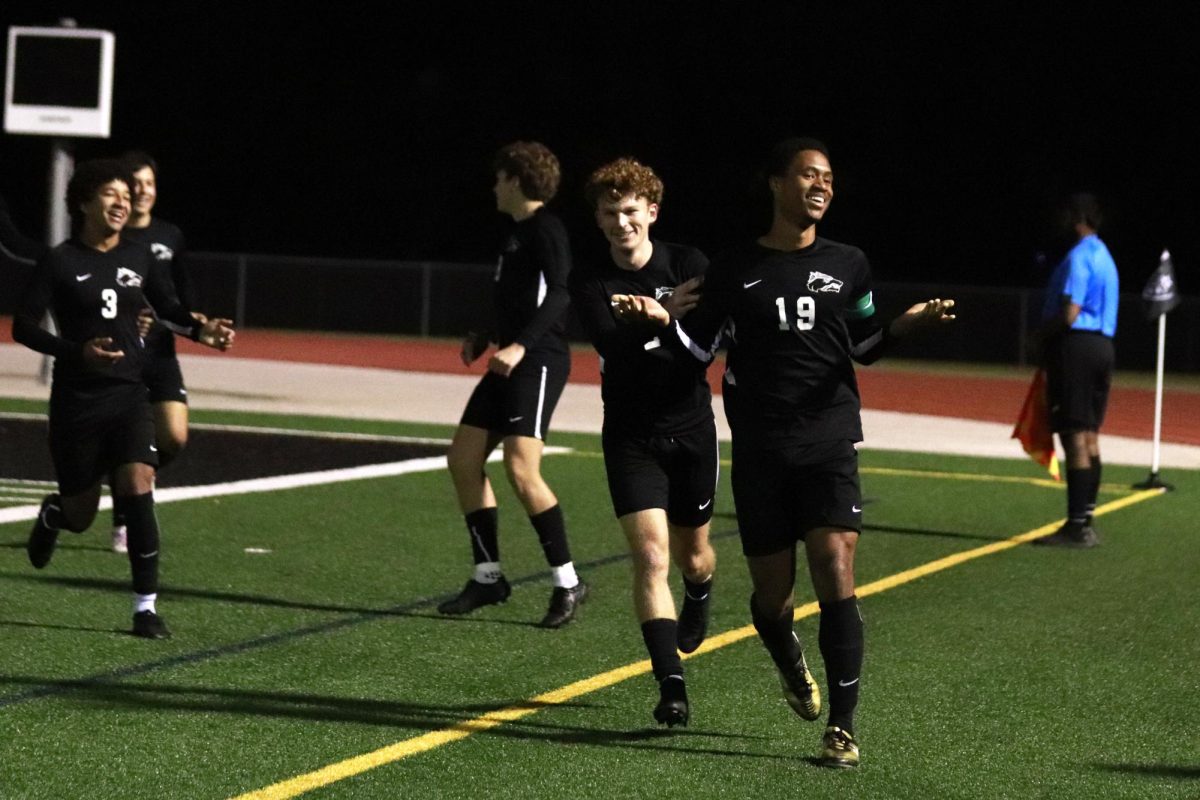
![Taking a breath as he raises his arm up and out of the water, sophomore Kaden Padilla swims the 500 freestyle at the UIL state meet on Feb. 21-22. Padilla placed 10th overall and second in the consolation final in the event, dropping two seconds. “My family was there, so being able to drop time for them was really special,” Padilla said. “It was awesome [finding out I advanced to the consolation finals]. I wasn’t expecting it, and I was very surprised. My parents being there definitely made me a lot happier knowing they got to see me swim in finals.” Photo by Skyler King.](https://cphswolfpack.com/wp-content/uploads/2025/03/kaden-padilla.jpg)

![Three defenders try to stop senior point guard Hope Edwards before the ball leaves her hands. The girls basketball team faced Liberty Hill on Feb 21, losing 58-40. “[My season was] definitely bittersweet,” Edwards said. It's definitely sad [because] I'm gonna miss all my teammates, my coaches and just the whole CP environment.”](https://cphswolfpack.com/wp-content/uploads/2025/03/julia-128-1200x800.jpg)







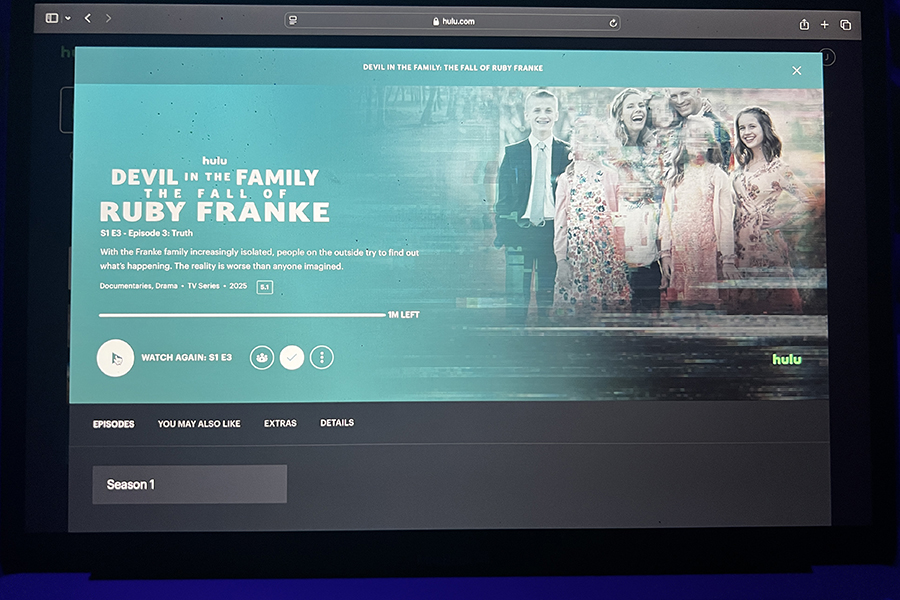





![Junior Bryce Bailey hits a net shot during the Georgetown tournament on on Feb. 8. "College tennis is extremely competitive in the sense that if you're a college tennis player, you could be competing against someone who is already [at a] professional level," Bailey said.](https://cphswolfpack.com/wp-content/uploads/2019/02/IMG_1579-900x600.jpg)




